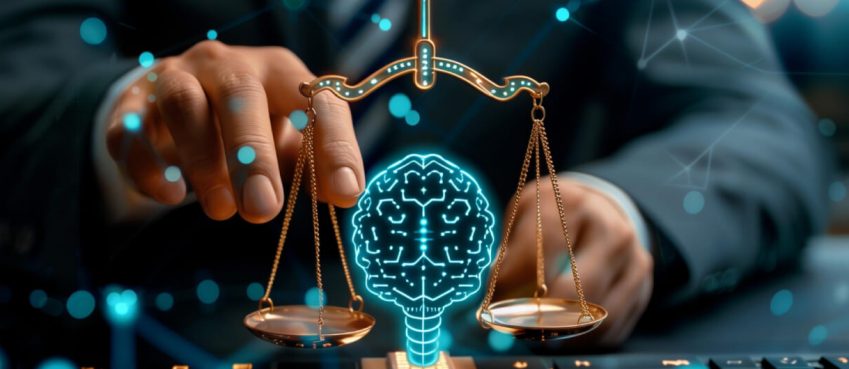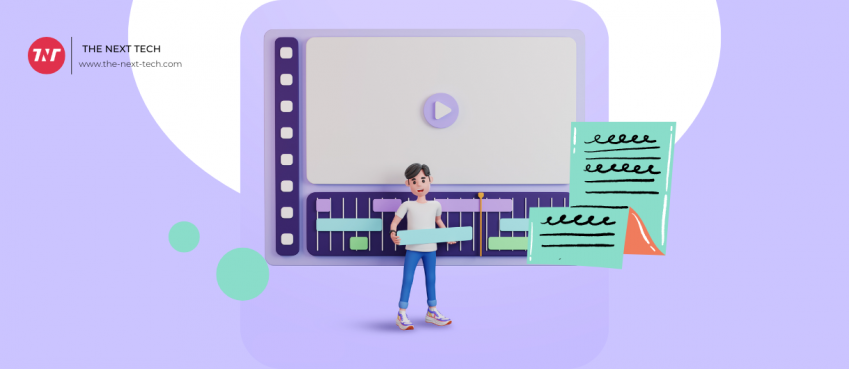
The world is becoming a technology crystal ball. The internet is bound to everything, including our homes, schools and workplaces. It also connects us all to the restaurants we love to eat every weekend.
Artificial Intelligence (AI), the Internet of Things, and other technologies allow us to see smart tools and automation technologies almost every day. AI facilitates us at home, and it also helps healthcare workers do their jobs.
Smart devices were installed in ambulances and hospitals, and healthcare workers used these technologies.
Technology Needs to Peak With COVID
The pandemic struck us hard. These technologies were needed most acutely during the coronavirus. Frontline workers must be able to assist patients without compromising their social isolation or health.
By default, AI is the top choice. AI can be used to select better vaccine options, but IoT, specifically the Internet of Medical Things, offers better ways to aid and treat patients.
We are currently studying the impact of COVID-19 and how AI and IoT can facilitate the healthcare industry.
You can also see Artificial Intelligence is Neutral Technology: How Social Media Can Help Healthcare
The impact of Coronavirus on us, technology
Coronavirus was a complete stop in an ever-changing world. It took millions of lives worldwide, but it also opened the door to new healthcare technologies.
COVID established a new standard of social distancing and gadgets were created to assist authorities in monitoring it. Corona Virus brought to light the controversy surrounding anti-maskers.
Every store has a different opinion on the freedom to not wear a mask when customers are anti-masker. AI and computer vision are now able to create devices that can stop anti-masker customers without arguing. AI allowed us to have digital access, even though we were unable to access the rest of the world due to the pandemic.
Broad Reach of COVIDs
This novel virus had a lasting impact on every corner. It also brought about a new technology. These technologies were indirectly used to help the healthcare industry combat the coronavirus. These technologies do not only provide indirect assistance.
We are now open to the possibility that other pandemics could occur in the future. It also set us on a path that allowed us to use technology in healthcare more often than ever before. AI is used by healthcare workers and hospitals to diagnose a disease or administer dosages.
Technology is affecting COVID-19, but it can also be the reverse.
AI helps to fight Coronavirus
AI and IoT have proven to be intelligent solutions to the pandemic since the beginning of COVID-19.
AI aids frontliner in combating coronavirus by introducing new devices and using existing inventions. Many researchers also came up with innovative solutions to combat COVID.
Healthcare uses a variety of AI-powered devices and solutions to monitor, diagnose, and treat patients. They also transport aid, enable social distancing, provide financial services, and can even be used for diagnosis and treatment.
Six examples of AI’s many applications are shown below. They are helping healthcare workers fight COVID-19.
1. Social Distancing Solutions
Despite the huge death toll from the coronavirus, there are still people who don’t follow social distancing guidelines. Although it may not seem like an issue for healthcare workers but the increase in COVID cases is a result of social distancing laws being broken. This is why managing this issue is an important weapon in the fight against COVID-19.
Some IoTs can be used to aid in social distancing using AI and image processing techniques. Frontliner are equipped with AI-based devices that can help patients at a safe distance, so they can protect themselves.
Also read: 5 Best Tiktok To MP4 Download (100% Working), No Signup
2. Automated Initial Test
Healthcare workers can benefit from IoT by automating initial COVID testing. Researchers have been working hard to find ways to speed up test results since the beginning of the pandemic. There are many automated tests available, including predictive pathology and lung scan testing.
These AI solutions can quickly test for COVID and reduce the chance of healthcare workers contracting the disease. This technology allows healthcare professionals around the world to test COVID faster and with fewer cases, without putting lives at risk.
3. Fast Diagnosis and Safer Treatment
The pandemic has made it more difficult to get quick diagnosis. Rapid diagnosis leads to faster treatment, which in turn results in a quicker recovery. The availability of safer treatment options increases productivity in the fight against COVID-19.
There are many IoT-based and AI-based solutions that can remotely monitor patients and administer doses. Because of the lower risk of infection, these solutions can be beneficial for both patients and frontline staff.
Also read: 50+ Cool Websites To Visit When Bored | Best Fun Websites To Visit In 2025
4. Automation in the Medicine Supply Chain
The healthcare industry also faces the challenge of managing its supplies manually. COVID-19 caused a shortage of medical equipment due to an increase in its use. There was no global monitoring of the supply of medical equipment.
Black-market looters were also a problem. IoT/AI once more proved to be the best solution as automation became a necessity in supply and supply chain management. Predictive analytics and optimization of healthcare supply chain costs gave control over existing equipment and enabled the healthcare industry to automate the ordering process.
5. AI to Vaccine Solutions
AI goes beyond automation. It can be used in nearly every field of prediction. AI offers pioneering solutions for predictive analysis, including the ability to predict weather and human behavior. It can be used in the same way that AI is used to predict people’s behavior via social media.
AI-based predictive analytics can be used to create and perfect vaccines not only for COVID-19, but also for any future pandemic. This requires years of research but can lead to a path for treatment of a large number of diseases.
6. Predicting and Governing Virus Status
AI-based predictions can also help the healthcare industry to predict and govern COVID-19 status. Predicting the evolution of a virus allows for proper dosages to be created in advance. Similar to what these AI models predict, governments around the world impose protection measures based on their predictions.
World Health Organization (WHO), for example, maintains complete dashboards of AI generated information that are available to the public. This helps to reduce COVID cases, and it also saves resources.
Also read: Best AI Gift Ideas Tools & Software To Try In 2024
Conclusion
COVID-19 had a major impact on our lives but also gave us the ability to be proactive and ready for similar problems in the future. We have made our tools and technologies compatible with these issues and are now able to adapt to them. Just as COVID has an impact on technologies, IoT and AI are helping to fight this pandemic.
COVID-19 has imposed many challenges on the healthcare industry. But it is not just the healthcare industry that must face them. Everything was affected by the pandemic, from education to businesses. Similar to AI and IoT helping healthcare, AI and IoT also help other fields.
AI-based solutions form the foundation and part of almost every future technology. Algoscale assists industries in incorporating these AI solutions into their business models. Algoscale provides AI solutions for startups and enterprises, from prediction to automation.
We hope you found this article useful. Algoscale strives to provide you with knowledge on a wide range of subjects. Keep reading to learn more and keep up-to-date. Happy Learning!
Top 10 News
-
01
[10 BEST] AI Influencer Generator Apps Trending Right Now
Monday March 17, 2025
-
02
The 10 Best Companies Providing Electric Fencing For Busines...
Tuesday March 11, 2025
-
03
Top 10 Social Security Fairness Act Benefits In 2025
Wednesday March 5, 2025
-
04
Top 10 AI Infrastructure Companies In The World
Tuesday February 11, 2025
-
05
What Are Top 10 Blood Thinners To Minimize Heart Disease?
Wednesday January 22, 2025
-
06
10 Top-Rated AI Hugging Video Generator (Turn Images Into Ki...
Monday December 23, 2024
-
07
10 Top-Rated Face Swap AI Tools (Swap Photo & Video Ins...
Friday December 20, 2024
-
08
10 Exciting iPhone 16 Features You Can Try Right Now
Tuesday November 19, 2024
-
09
10 Best Anatomy Apps For Physiologist Beginners
Tuesday November 12, 2024
-
10
Top 10 Websites And Apps Like Thumbtack
Tuesday November 5, 2024







